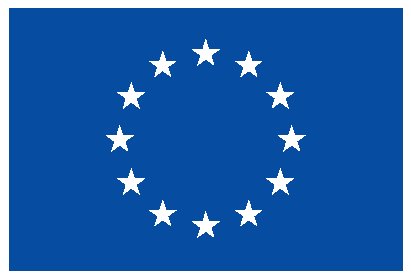A multi-class classification model with parametrized target outputs for randomized-based feedforward neural networks
Hits: 2546
- Áreas de investigación:
- Sin categoría
- Año:
- 2023
- Tipo de publicación:
- Artículo
- Palabras clave:
- Randomized-based, Feedforward Neural Networks, Random Vector Functional Link Neural Networks, Extreme Learning Machine, Generalized eigenvalue problem, Classification, Kernel methods
- Autores:
-
- Durán-Rosal, Antonio Manuel
- Durán-Fernández, Aggeo
- Fernández-Navarro, Francisco
- Carbonero-Ruz, Mariano
- Journal:
- Applied Soft Computing
- Volumen:
- 133
- Páginas:
- 109914
- ISSN:
- 1568-4946
- BibTex:
- Nota:
- JCR(2022): 8.7, Position: 21/145 (Q1) Category: COMPUTER SCIENCE, ARTIFICIAL INTELLIGENCE
- Abstract:
- Randomized-based Feedforward Neural Networks approach regression and classification (binary and multi-class) problems by minimizing the same optimization problem. Specifically, the model parameters are determined through the ridge regression estimator of the patterns projected in the hidden layer space (randomly generated in its neural network version) for models without direct links and the patterns projected in the hidden layer space along with the original input data for models with direct links. The targets are encoded for the multi-class classification problem according to the 1-of- encoding ( the number of classes), which implies that the model parameters are estimated to project all the patterns belonging to its corresponding class to one and the remaining to zero. This approach has several drawbacks, which motivated us to propose an alternative optimization model for the framework. In the proposed optimization model, model parameters are estimated for each class so that their patterns are projected to a reference point (also optimized during the process), whereas the remaining patterns (not belonging to that class) are projected as far away as possible from the reference point. The final problem is finally presented as a generalized eigenvalue problem. Four models are then presented: the neural network version of the algorithm and its corresponding kernel version for the neural networks models with and without direct links. In addition, the optimization model has also been implemented in randomization-based multi-layer or deep neural networks. The empirical results obtained by the proposed models were compared to those reported by state-of-the-art models in the correct classification rate and a separability index (which measures the degree of separability in projection terms per class of the patterns belonging to the class of the others). The proposed methods show very competitive performance in the separability index and prediction accuracy compared to the neural networks version of the comparison methods (with and without direct links). Remarkably, the model provides significantly superior performance in deep models with direct links compared to its deep model counterpart.
- Comentarios:
- JCR(2022): 8.7, Position: 21/145 (Q1) Category: COMPUTER SCIENCE, ARTIFICIAL INTELLIGENCE







